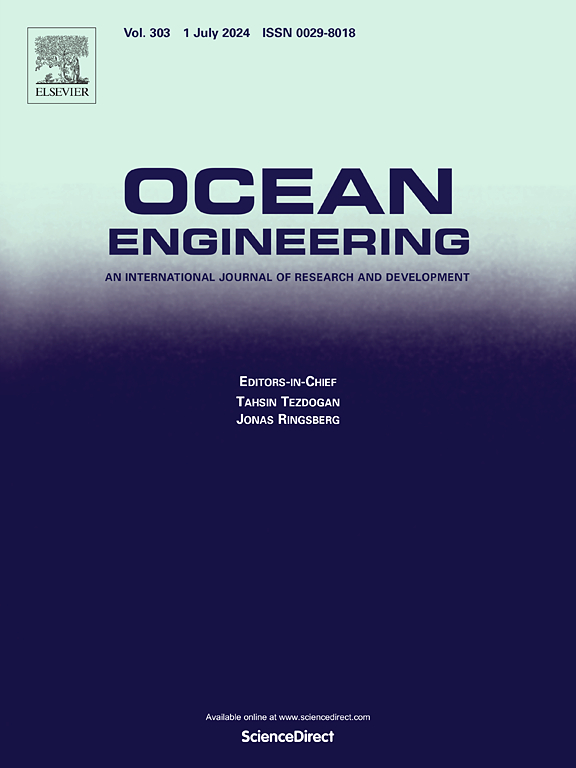An inland waterway navigation congestion mitigation strategy based on a multi-objective moment bottleneck model
IF 5.5
2区 工程技术
Q1 ENGINEERING, CIVIL
引用次数: 0
Abstract
The management of ship traffic flow is an important way to mitigate waterway traffic congestion. In this study, the basic bottleneck model with multi-objective moments is extended to address the problem of lock congestion caused by uneven distribution of vessel traffic flow in inland navigation and explore the optimization strategy for balancing vessel traffic flow and realising green shipping. By analysing the interrelationship between port enterprises and carriers, a bottleneck model that can adjust the expected sailing time of ships is proposed. The study analyses the sailing state of ships under different circumstances, calculates the profit and loss of port enterprises adjusting the ship reception time to achieve the optimal staggered state, proposes a corresponding subsidy incentive mechanism, and explores the advantages of heterogeneous ship combinations in staggered peaks. The numerical experiments for the Three Gorges Dam (TGD) show that when ship travelling time meets staggered requirements, no-cost peaking can be achieved by coordinating the number of ships with different desired crossing times; when vessel travel times do not meet staggered requirements, subsidies can effectively promote port enterprises to choose staggered travel patterns. The staggered strategy not only reduces carbon emissions, but also brings additional social benefits.
基于多目标矩瓶颈模型的内河航运拥堵缓解策略
船舶交通流管理是缓解水路交通拥堵的重要途径。本研究将具有多目标矩的基本瓶颈模型进行扩展,以解决内河航运中船舶交通流分布不均匀导致的船闸拥塞问题,探索船舶交通流均衡和实现绿色航运的优化策略。通过分析港口企业与承运人之间的相互关系,提出了一个能够调整船舶预期航行时间的瓶颈模型。本研究分析了不同情况下船舶的航行状态,计算了港口企业调整船舶接收时间以达到最优交错状态的盈亏情况,提出了相应的补贴激励机制,并探讨了错峰时异质船舶组合的优势。三峡大坝的数值试验表明,当船舶通行时间满足交错要求时,通过协调不同通行时间的船舶数量,可以实现无成本调峰;当船舶航行时间不满足交错要求时,补贴可以有效促进港口企业选择交错航行模式。交错战略不仅减少了碳排放,还带来了额外的社会效益。
本文章由计算机程序翻译,如有差异,请以英文原文为准。
求助全文
约1分钟内获得全文
求助全文
来源期刊

Ocean Engineering
工程技术-工程:大洋
CiteScore
7.30
自引率
34.00%
发文量
2379
审稿时长
8.1 months
期刊介绍:
Ocean Engineering provides a medium for the publication of original research and development work in the field of ocean engineering. Ocean Engineering seeks papers in the following topics.
 求助内容:
求助内容: 应助结果提醒方式:
应助结果提醒方式:


